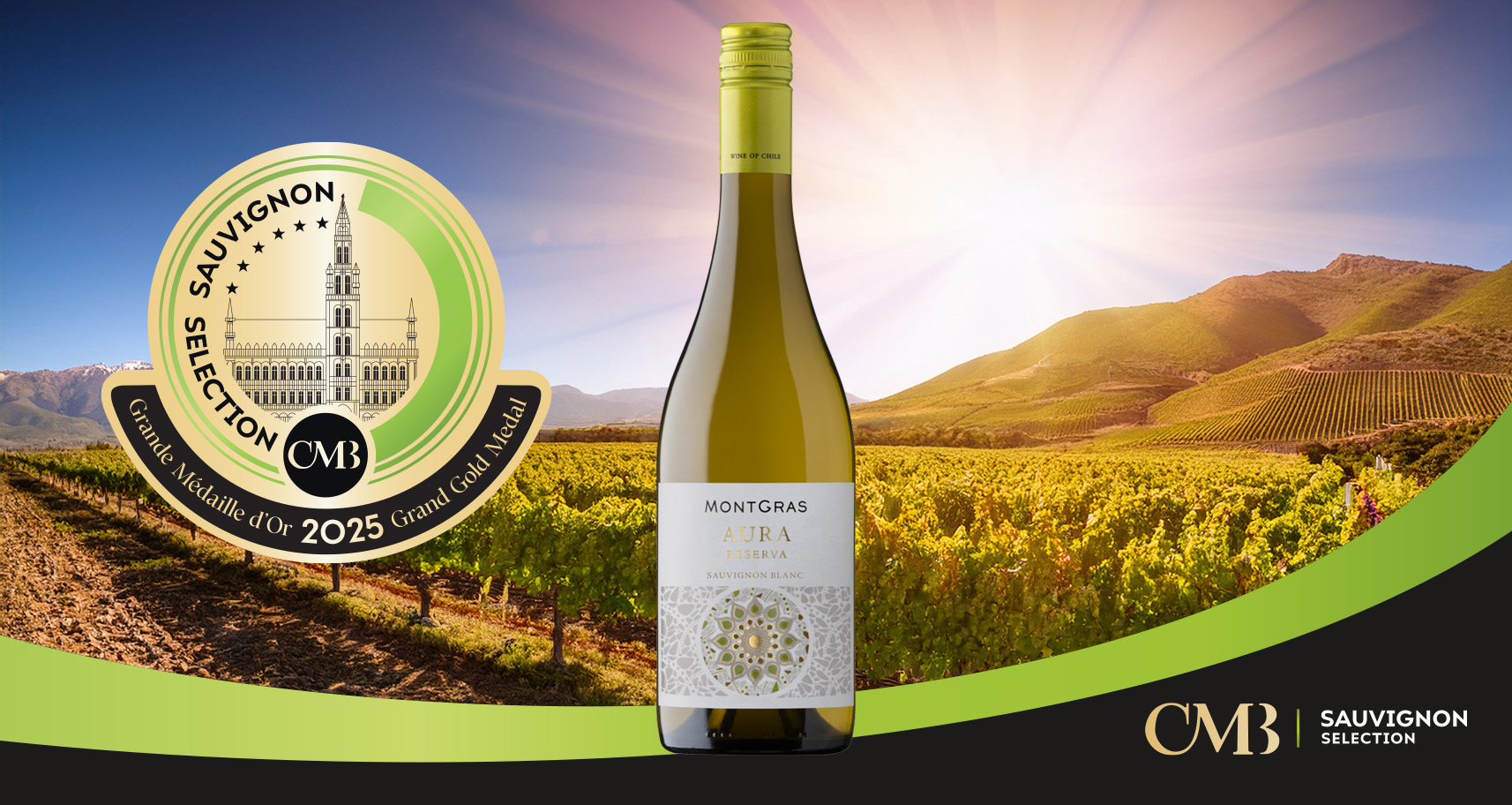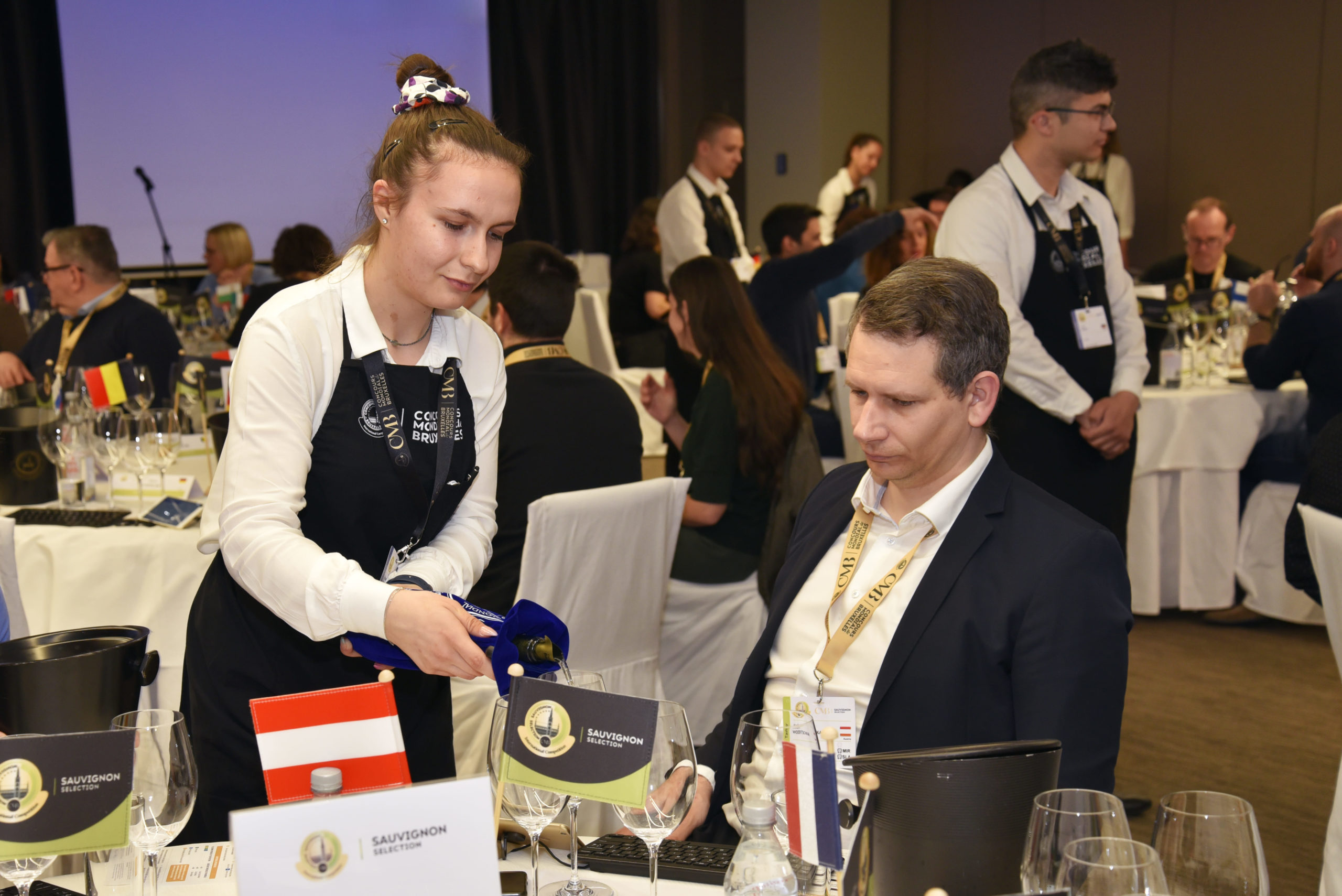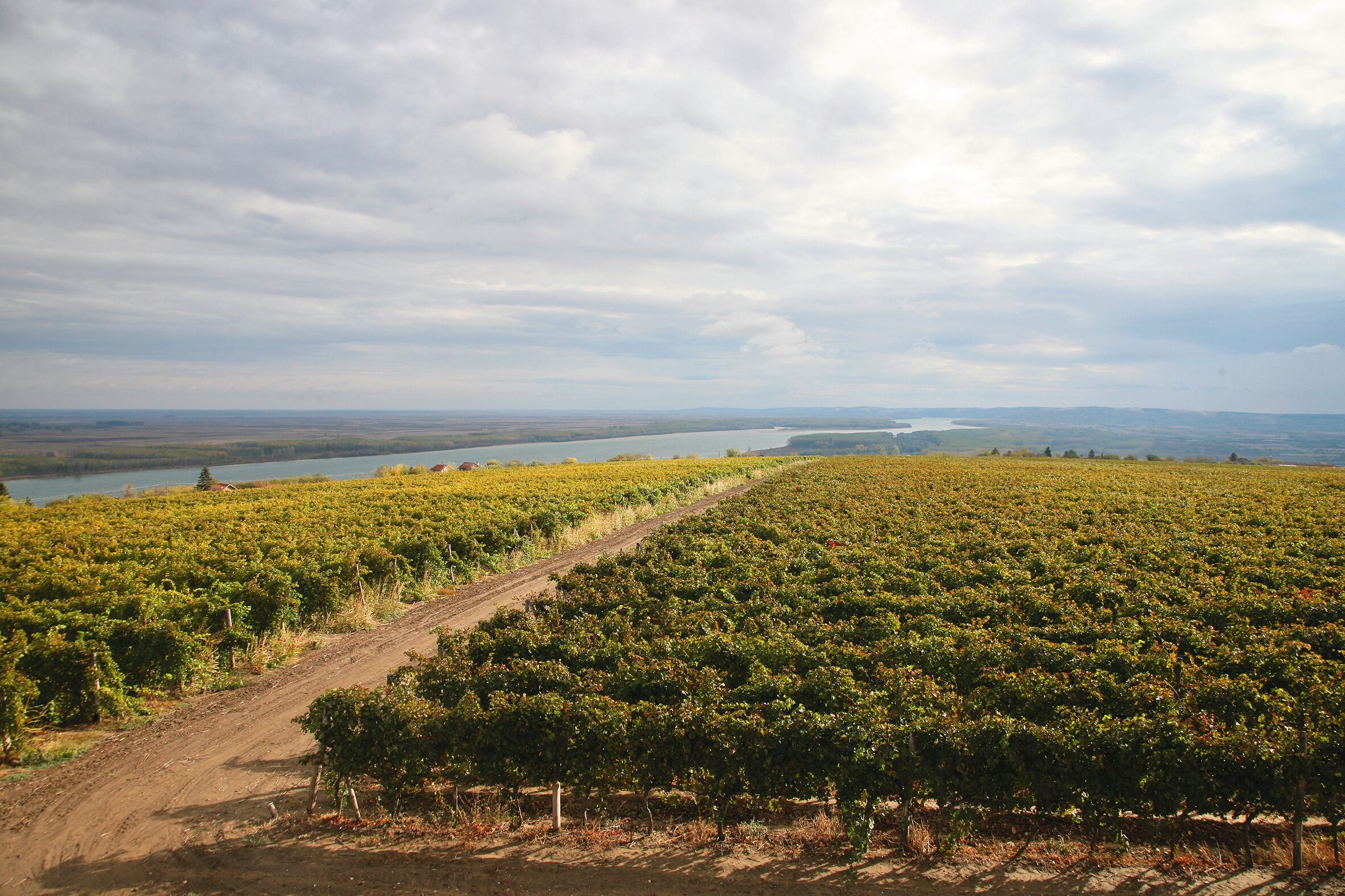New Zealand – Could Sauvignon blanc lead the way for global development of the low-alcohol wine category?
In 2014, the New Zealand wine industry vowed to become number one in the world for premium Lighter wines. With 60% of its vineyard acreage planted to Sauvignon blanc and nearly 20% of the world’s total Sauvignon blanc plantings located in the country, New Zealand’s programme could potentially be a game-changer for the entire category. Sharon Nagel takes a look at progress so far.
The seven-year Lighter Wines programme is the largest research and development initiative ever undertaken by the New Zealand wine industry. Eighteen major companies* have signed up as Grantors and are partly funding the NZD 17 million (10 million euro) project along with the Ministry for Primary Industries. It aims to position New Zealand as the world’s leading producer of wines containing less than 10% alcohol by volume, in the domestic market and particularly in the global marketplace. A target of NZD 285 million (nearly 170 million euros) by 2024 has been set for the economic benefits of the programme. What makes the initiative stand out from existing schemes is that alcohol content will be lowered naturally to align with New Zealand’s green image. Research is therefore focusing primarily on work in the vineyard, particularly canopy management, and on use of native yeasts, though many other avenues are being explored. New Zealand has built up a strong reputation over the years as a provider of high quality, premium-priced wines, spearheaded by Sauvignon blanc, and the Lighter Wines programme will need to ensure this positioning is maintained. As industry organisation New Zealand Wine Growers has recognised: “Achieving the flavours and other sensory qualities of lower alcohol wines that can be positioned in the premium priced segment of domestic and global markets is central to the overall programme. The combination of naturally produced lower alcohol wines, high quality and taste at least as good as standard wines was confirmed as key”.
Canopy management a focal point in the vineyard
Seventy-seven percent of industry participants have now adopted vineyard techniques researched by the programme and 46% have adopted winery techniques. “The uptake has been strong from a range of wineries. A number of large producers are participating who have the scope, infrastructure and flexibility to carry out ongoing research and development in this area, as well as smaller producers who are championing the project”, said Helen Morrison, senior Marlborough winemaker at Villa Maria. Named N°1 New Zealand wine brand for the fourth consecutive year in a row this year in the list of the world’s most admired wine brands, Villa Maria has already launched a lighter Sauvignon blanc, along with a rosé and a Pinot gris. One of the techniques used to produce the wines is canopy management: “Villa Maria has been looking at canopy management practices where the canopy is reduced by cutting it in half, manipulating the way the plant develops. It is thought we can allow phenological / flavour ripeness to continue while slowing the speed of sugar development therefore creating berries with riper flavours at lower sugar levels”, explained Morrison. The complexity of vegetal and fruiting cycles along with changeable weather patterns throughout the year makes it “a very challenging task trying to identify one piece of canopy management as being responsible for one specific outcome”, she added.

Helen Morrison, maître de chais à Marlborough chez Villa Maria. Crédit photo: Villa Maria
A range of techniques in the winery
At Pernod Ricard’s Brancott Estate, chief winemaker Patrick Materman says that changes to canopy management have also been used. “We have done work with canopy manipulation – reducing canopy height to delay sugar accumulation and drive greater physiological ripeness at harvest”. Site selection is also a key component for the French-owned company: “We target areas which show a riper flavour profile at lower grape sugar levels”. Both at Pernod Ricard and Villa Maria, a range of techniques is also being experimented in the winery. “We have adopted yeast strains which lower the high natural acidity in this early harvested fruit”, explained Materman, who is also chairman of Sauvignon 2019, the International Sauvignon blanc celebration due to take place from January 28-30 next year. “The fermentation is stopped to leave some residual sugar which enhances palate weight, but this is balanced with natural acidity and slightly higher dissolved CO2 levels at bottling, giving a perception of dryness”. At Villa Maria, experiments involve techniques such as “skin contact and mannoproteins to build palate weight”, said Morrison. “This year, we had a trio of small tanks set aside to trial a yeast product that delays the onset of fermentation, potentially enabling us to extract more flavour precursors from the lees prior to racking and alcoholic fermentation”.

Patrick Materman, maître de chais au Brancott Estate. Crédit photo: Pernod Ricard
Yeast is a key component
With the programme only in its fifth year, and given its complexity and the high level of expectation, research and development is still very much ongoing. Already, certain techniques originally trialled have been dropped at Villa Maria. “We have ‘abandoned’ certain soil types, i.e. the lighter stonier soils that don’t seem to work well with lower alcohol wines. The wines come across too lean and any flinty minerality characters from this soil type are masked by high acidity at low brix levels”. One of the components that has emerged as key is yeast strains: “Yeast has the potential to play a leading role in the production of lower alcohol wines. Strains resulting in lower conversion rates of sugars to alcohols can be refined further, whilst still encouraging flavour expression and building palate weight/mouthfeel”, added Morrison. The programme’s remit is to produce wines under 10% alcohol by volume. At Villa Maria, the sweet spot in terms of ABV, both from a winemaking and consumer perspective, seems to be around 10%: “From a winemaking perspective, 10% seems to make a balanced yet flavourful wine”. For Patrick Materman, the level is slightly lower: “From a winemaking perspective, 9 to 9.5% seems to be a sweet spot – significantly reduced in alcohol but retaining high quality and a perception of ripeness”.


Low-alcohol wines compare well with full-strength counterparts
As research findings continue to lead to adjustments in the vineyard and the winery, there are signs that consumers are increasingly embracing the low alcohol category. “The appeal for lower-alcohol or no-alcohol wines supports consumer appeal of more ‘natural’ products as there is a stronger potential for wines naturally lower in alcohol rather than those reduced via mechanical methods”, said a Wine Intelligence report published last month. The IWSR has also indicated that low-alcohol wines “are gaining traction, in part to fight category blur – the tendency among consumers to switch between beers, ciders and wines – and in part in response to ever growing levels of health awareness”. The major barrier to consumer acceptance to date – i.e a flavour profile that does not match expectations – is potentially in the process of being overcome by New Zealand’s Lighter Wines programme. Last month saw UK retailer Marks and Spencer list two wines from the programme made by Forrest Wines in Marlborough, including a Sauvignon blanc retailing for £10.99 (12.5 euros). As Patrick Materman pointed out, “low-alcohol wines are consistently receiving medals in the same wine show categories as their full-strength counterparts – verification that there is no compromise in quality”. Helen Morrison is more measured in her judgment: “The evolution of lower alcohol wines will, like any other wine style, be an ongoing process; testing hypothesis, new winemaking techniques, new processing aids and technologies to identify those tools best suited to producing high quality lower alcohol wines”. She admitted though that this year, “the wines did look good throughout fermentation”.
* Accolade Wines NZ Ltd; Allan Scott Wines and Estate; Constellation Brands; Forrest Estate Wines; Giesen Wine Estate Canterbury; Indevin Limited; Kono NZ LP; Lawson’s Dry Hills Ltd; Marisco Vineyards; Mount Riley Wines; Mt Diffculty Wines Ltd; Pernod Ricard New Zealand Ltd; Runner Duck Estate Ltd, Matakana; Spy Valley Johnson Estate; Villa Maria; Whitehaven Wine Company Limited; Wither Hills – Lion; Yealands


